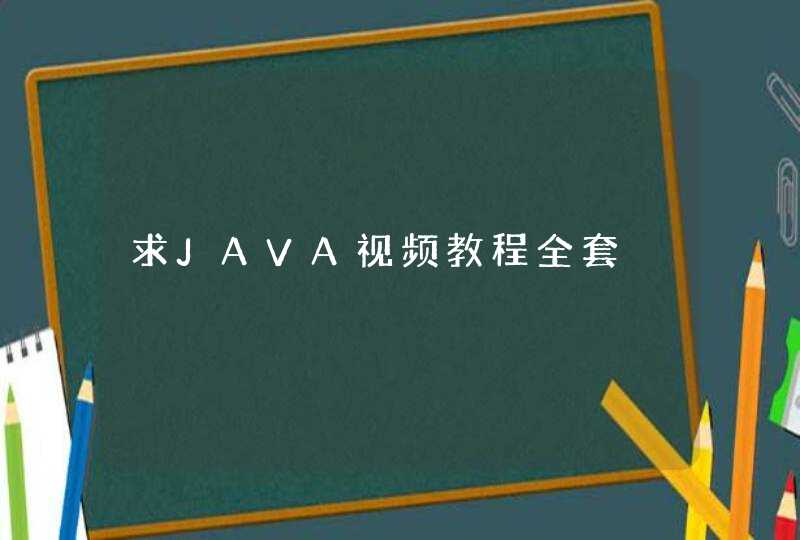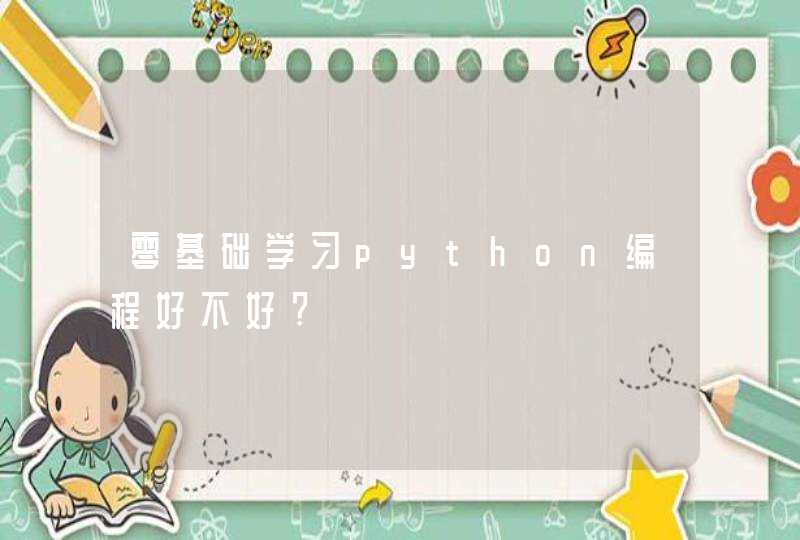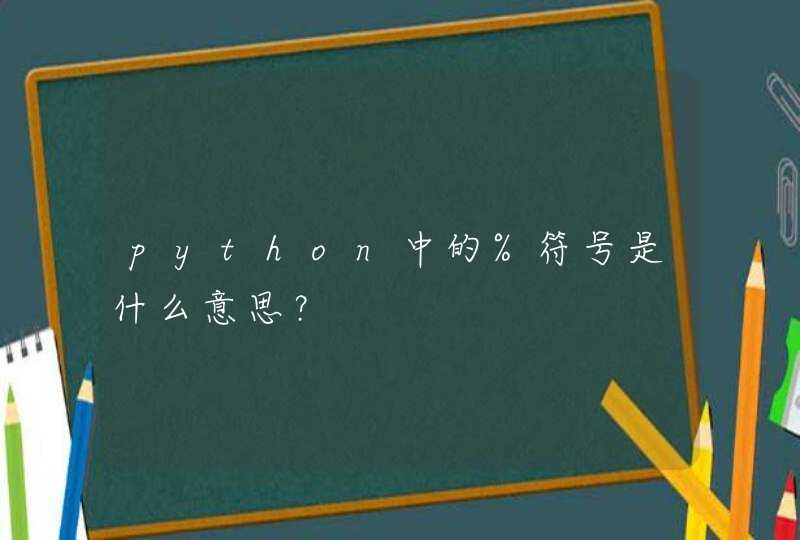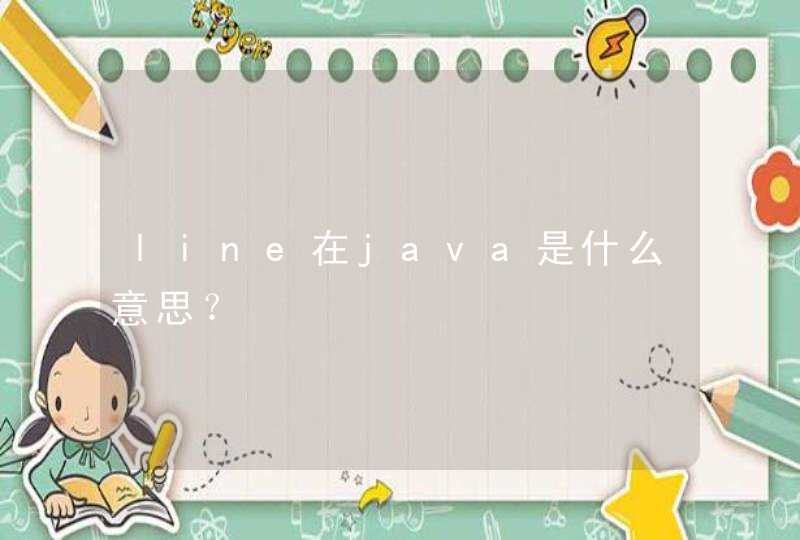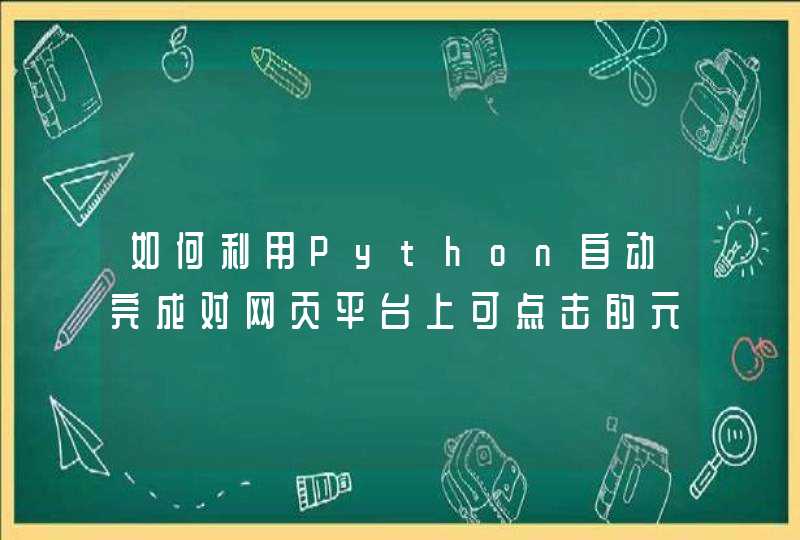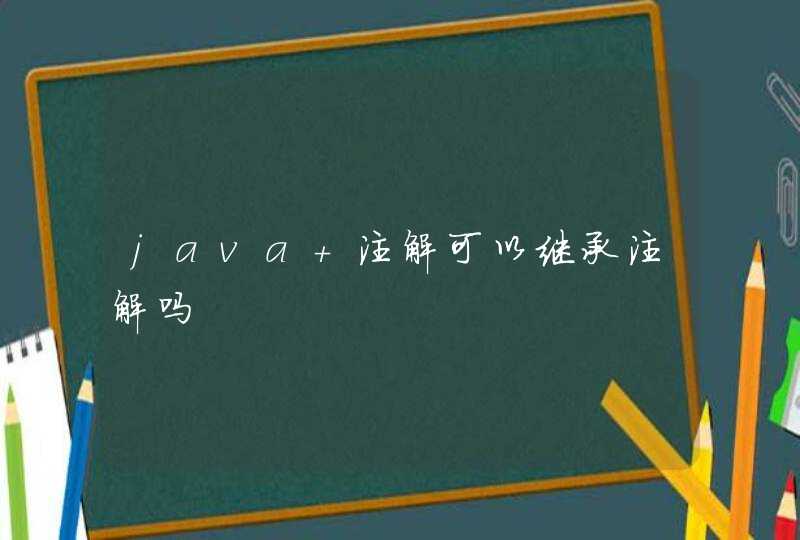
这个是没有实现的。
解释:注释本身具有针对性,也就是注释是自定义的,根据实际需要可以修改,此类内容并没有固定的内容规范,所以是没办法进行注释继承的,只能继承方法,不能继承注释的。
整个继承层次结构中的父类和子类的所有属性都映射到同一个表中, 他们的实例通过一个辨别符(discriminator)列来区分.:
//父类
@Entity
//继承映射成一张表的表结构是 父类字段+子类字段+一个鉴别字段(因为可以有多个子类继承父类,这个鉴别字段用于分别一条数据记录是属于那个子类的)
@Inheritance(strategy=InheritanceType.SINGLE_TABLE)
//鉴别字段 name="鉴别字段名称" discriminatorType 鉴别字段数据类型
@DiscriminatorColumn(
name="planetype",
discriminatorType=DiscriminatorType.STRING
扩展资料:
Annotation(注解)是JDK1.5及以后版本引入的。它可以用于创建文档,跟踪代码中的依赖性,甚至执行基本编译时检查。注解是以‘@注解名’在代码中存在的,根据注解参数的个数,可以将注解分为:标记注解、单值注解、完整注解三类。
都不会直接影响到程序的语义,只是作为注解(标识)存在,可以通过反射机制编程实现对这些元数据(用来描述数据的数据)的访问。另外,可以在编译时选择代码里的注解是否只存在于源代码级,或者它也能在class文件、或者运行时中出现(SOURCE/CLASS/RUNTIME)。
参考资料来源:百度百科-Java 注解
1、注解是针对Java编译器的说明。
可以给Java包、类型(类、接口、枚举)、构造器、方法、域、参数和局部变量进行注解。Java编译器可以根据指令来解释注解和放弃注解,或者将注解放到编译后的生成的class文件中,运行时可用。
2、注解和注解类型
注解类型是一种特殊的接口类型,注解是注解注解类型的一个实例。
注解类型也有名称和成员,注解中包含的信息采用键值对形式,可以有0个或多个。
3、Java中定义的一些注解:
@Override 告诉编译器这个方法要覆盖一个超类方法,防止程序员覆盖出错。
@Deprecated 这个标识方法或类(接口等类型)过期,警告用户不建议使用。
@SafeVarargs JDK7新增,避免可变参数在使用泛型化时候警告”执行时期无法具体确认参数类型“,当然,也可以用@SuppressWarnings来避免检查,显然后者的抑制的范围更大。
@SuppressWarnings(value={"unchecked"}) 抑制编译警告,应用于类型、构造器、方法、域、参数以及局部变量。 value是类型数组,有效取值为:
all, to suppress all warnings
boxing, to suppress warnings relative to boxing/unboxing operations
cast, to suppress warnings relative to cast operations
dep-ann, to suppress warnings relative to deprecated annotation
deprecation, to suppress warnings relative to deprecation
fallthrough, to suppress warnings relative to missing breaks in switch statements
finally, to suppress warnings relative to finally block that don't return
hiding, to suppress warnings relative to locals that hide variable
incomplete-switch, to suppress warnings relative to missing entries in a switch statement (enum case)
javadoc, to suppress warnings relative to javadoc warnings
nls, to suppress warnings relative to non-nls string literals
null, to suppress warnings relative to null analysis
rawtypes, to suppress warnings relative to usage of raw types
restriction, to suppress warnings relative to usage of discouraged or forbidden references
serial, to suppress warnings relative to missing serialVersionUID field for a serializable class
static-access, to suppress warnings relative to incorrect static access
static-method, to suppress warnings relative to methods that could be declared as static
super, to suppress warnings relative to overriding a method without super invocations
synthetic-access, to suppress warnings relative to unoptimized access from inner classes
unchecked, to suppress warnings relative to unchecked operations
unqualified-field-access, to suppress warnings relative to field access unqualified
unused, to suppress warnings relative to unused code and dead code
4、注解的定义
使用 @interface 关键字声明一个注解
public @interface MyAnnotation1
注解中可以定义属性
String name default “defval”
value是注解中的特殊属性
注解中定义的属性如果名称为 value, 此属性在使用时可以省写属性名
例如,声明一个注解:
@Retention(RetentionPolicy.RUNTIME)
public @interface MyAnno1 {
String msg()
int value()
}
注解的使用一般是与java的反射一起使用,下面是一个例子注解相当于一种标记,在程序中加了注解就等于为程序打上了某种标记,没加,则等于没有某种标记,以后,javac编译器,开发工具和其他程序可以用反射来了解你的类及各种元素上有无何种标记,看你有什么标记,就去干相应的事。标记可以加在包,类,字段,方法,方法的参数以及局部变量上。
自定义注解及其应用
1)、定义一个最简单的注解
public @interface MyAnnotation {
//......
}
2)、把注解加在某个类上:
@MyAnnotation
public class AnnotationTest{
//......
}
以下为模拟案例
自定义注解@MyAnnotation
1 package com.ljq.test
2
3 import java.lang.annotation.ElementType
4 import java.lang.annotation.Retention
5 import java.lang.annotation.RetentionPolicy
6 import java.lang.annotation.Target
7
8 /**
9 * 定义一个注解
10 *
11 *
12 * @author jiqinlin
13 *
14 */
15 //Java中提供了四种元注解,专门负责注解其他的注解,分别如下
16
17 //@Retention元注解,表示需要在什么级别保存该注释信息(生命周期)。可选的RetentionPoicy参数包括:
18 //RetentionPolicy.SOURCE: 停留在java源文件,编译器被丢掉
19 //RetentionPolicy.CLASS:停留在class文件中,但会被VM丢弃(默认)
20 //RetentionPolicy.RUNTIME:内存中的字节码,VM将在运行时也保留注解,因此可以通过反射机制读取注解的信息
21
22 //@Target元注解,默认值为任何元素,表示该注解用于什么地方。可用的ElementType参数包括
23 //ElementType.CONSTRUCTOR: 构造器声明
24 //ElementType.FIELD: 成员变量、对象、属性(包括enum实例)
25 //ElementType.LOCAL_VARIABLE: 局部变量声明
26 //ElementType.METHOD: 方法声明
27 //ElementType.PACKAGE: 包声明
28 //ElementType.PARAMETER: 参数声明
29 //ElementType.TYPE: 类、接口(包括注解类型)或enum声明
30
31 //@Documented将注解包含在JavaDoc中
32
33 //@Inheried允许子类继承父类中的注解
34
35
36 @Retention(RetentionPolicy.RUNTIME)
37 @Target({ElementType.METHOD, ElementType.TYPE})
38 public @interface MyAnnotation {
39 //为注解添加属性
40 String color()
41 String value() default "我是林计钦"//为属性提供默认值
42 int[] array() default {1, 2, 3}
43 Gender gender() default Gender.MAN//添加一个枚举
44 MetaAnnotation metaAnnotation() default @MetaAnnotation(birthday="我的出身日期为1988-2-18")
45 //添加枚举属性
46
47 }
注解测试类AnnotationTest
1 package com.ljq.test
2
3 /**
4 * 注解测试类
5 *
6 *
7 * @author jiqinlin
8 *
9 */
10 //调用注解并赋值
11 @MyAnnotation(metaAnnotation=@MetaAnnotation(birthday = "我的出身日期为1988-2-18"),color="red", array={23, 26})
12 public class AnnotationTest {
13
14 public static void main(String[] args) {
15 //检查类AnnotationTest是否含有@MyAnnotation注解
16 if(AnnotationTest.class.isAnnotationPresent(MyAnnotation.class)){
17 //若存在就获取注解
18 MyAnnotation annotation=(MyAnnotation)AnnotationTest.class.getAnnotation(MyAnnotation.class)
19 System.out.println(annotation)
20 //获取注解属性
21 System.out.println(annotation.color())
22 System.out.println(annotation.value())
23 //数组
24 int[] arrs=annotation.array()
25 for(int arr:arrs){
26 System.out.println(arr)
27 }
28 //枚举
29 Gender gender=annotation.gender()
30 System.out.println("性别为:"+gender)
31 //获取注解属性
32 MetaAnnotation meta=annotation.metaAnnotation()
33 System.out.println(meta.birthday())
34 }
35 }
36 }
枚举类Gender,模拟注解中添加枚举属性
1 package com.ljq.test
2 /**
3 * 枚举,模拟注解中添加枚举属性
4 *
5 * @author jiqinlin
6 *
7 */
8 public enum Gender {
9 MAN{
10 public String getName(){return "男"}
11 },
12 WOMEN{
13 public String getName(){return "女"}
14 }//记得有“”
15 public abstract String getName()
16 }
注解类MetaAnnotation,模拟注解中添加注解属性
1 package com.ljq.test
2
3 /**
4 * 定义一个注解,模拟注解中添加注解属性
5 *
6 * @author jiqinlin
7 *
8 */
9 public @interface MetaAnnotation {
10 String birthday()
11 }









